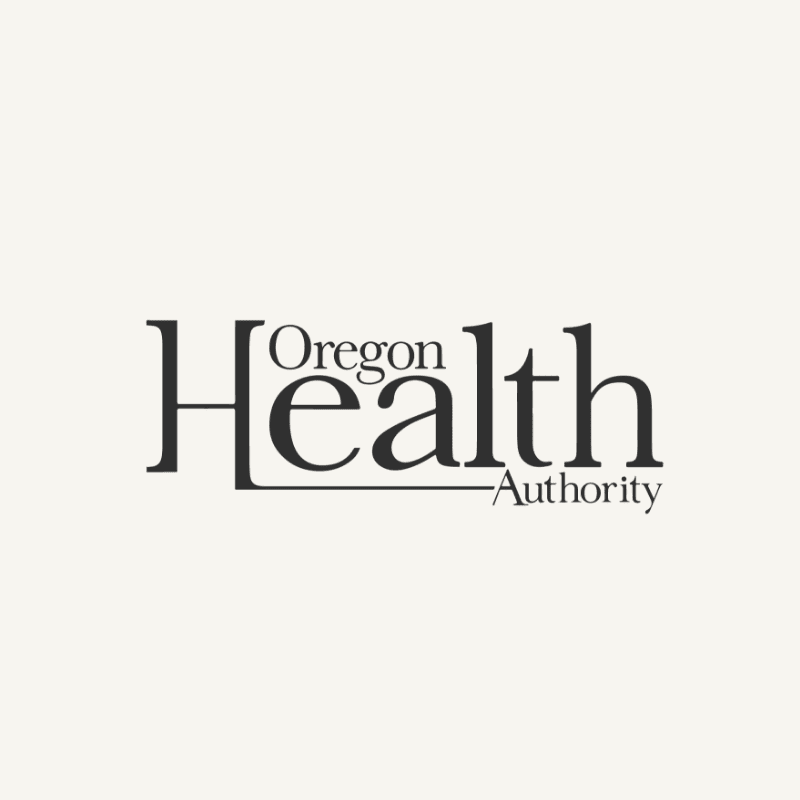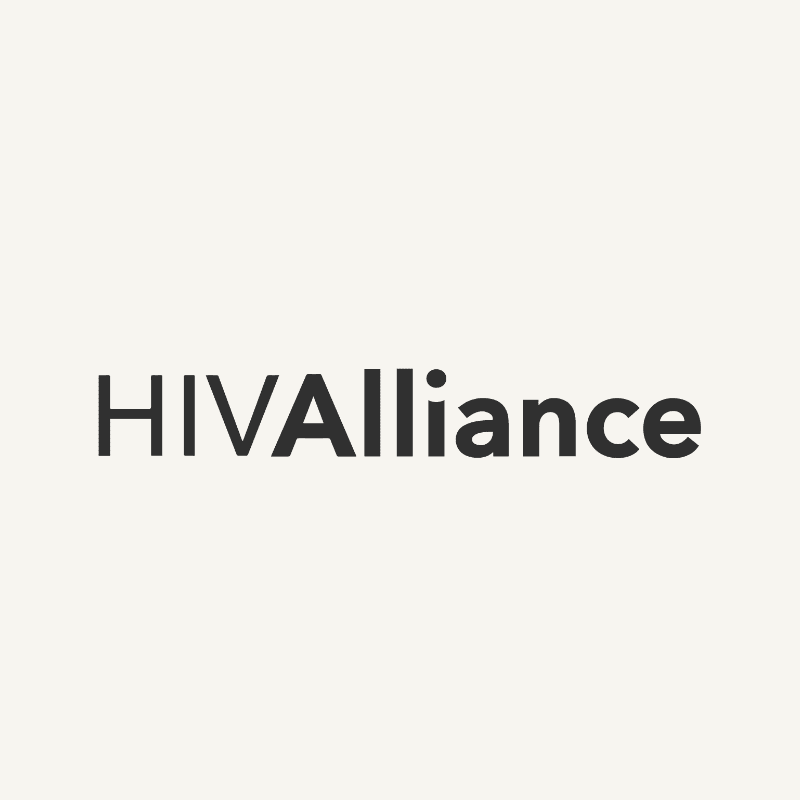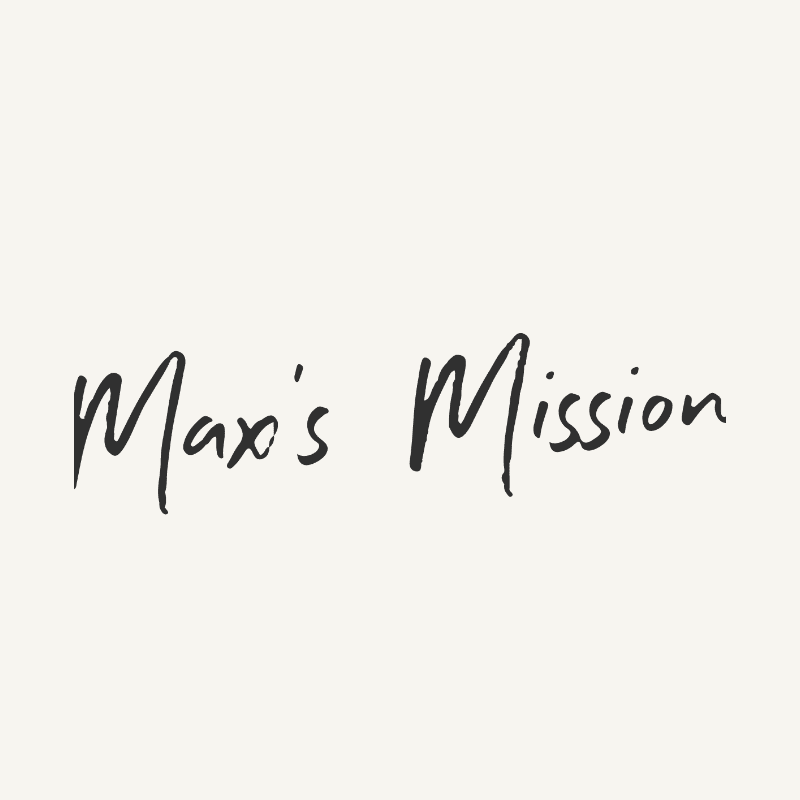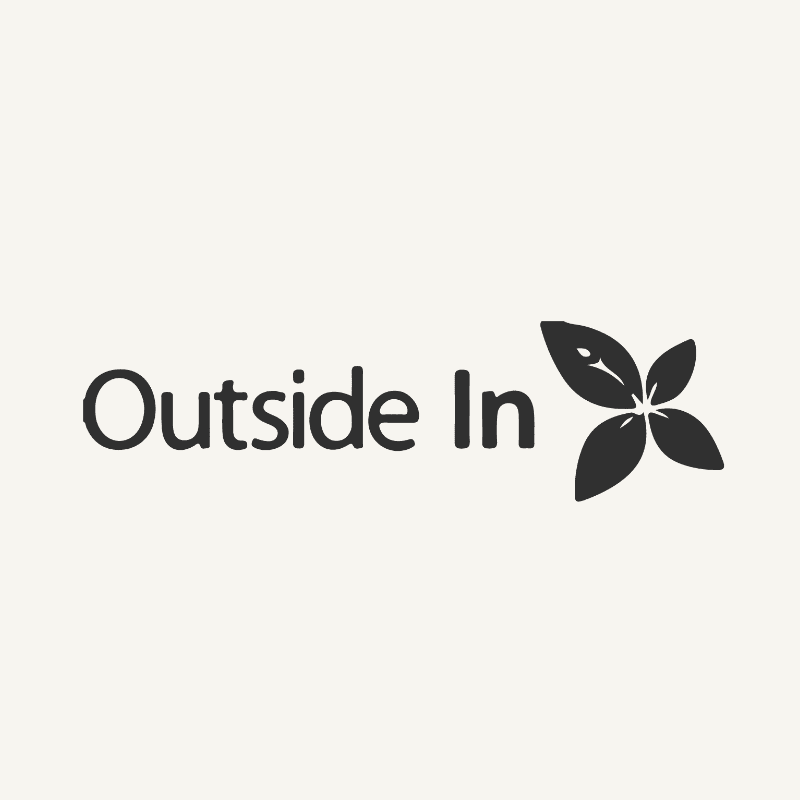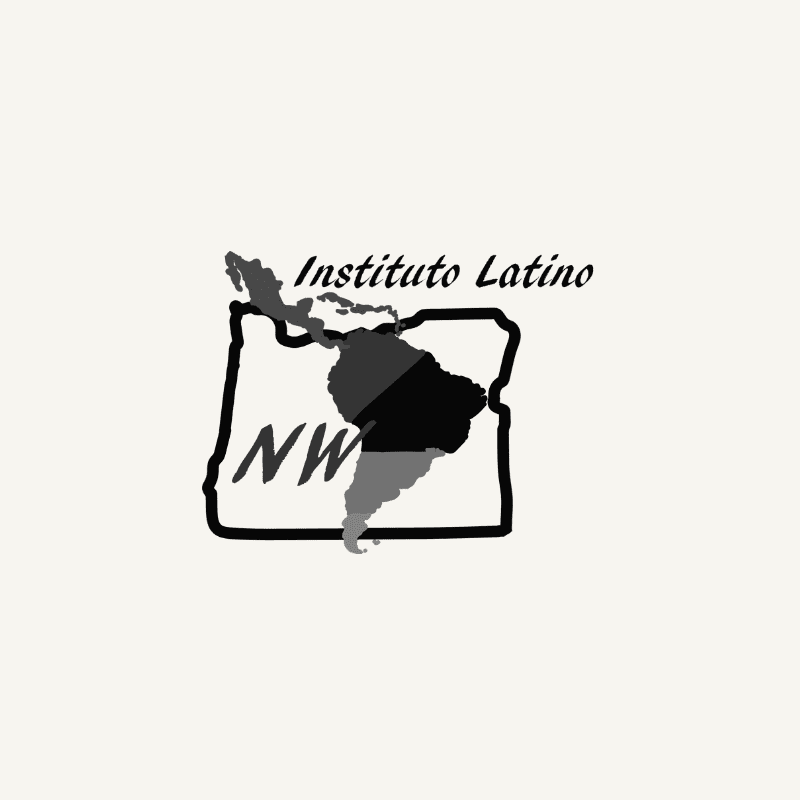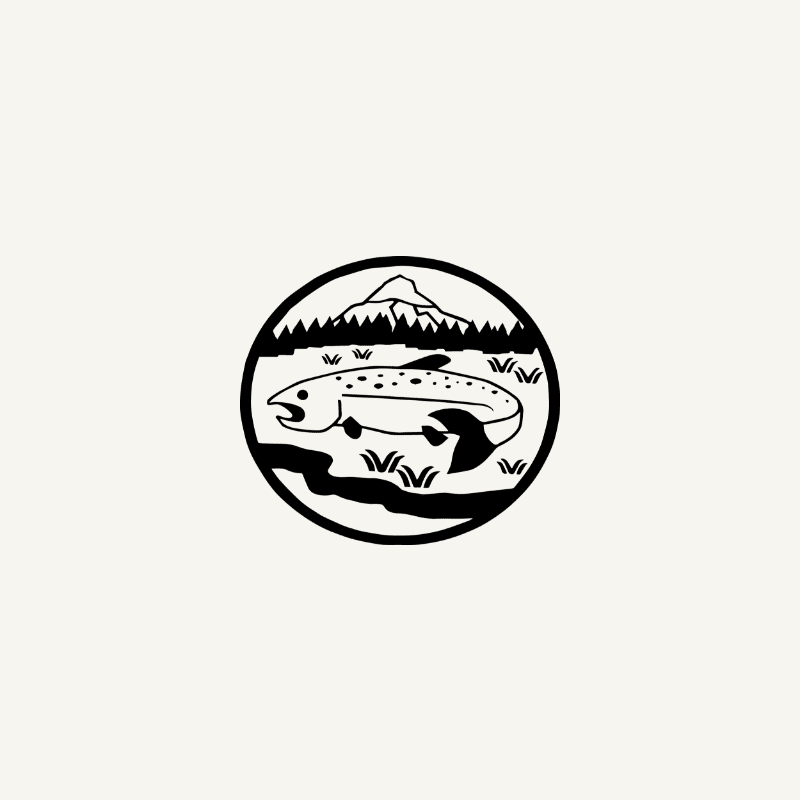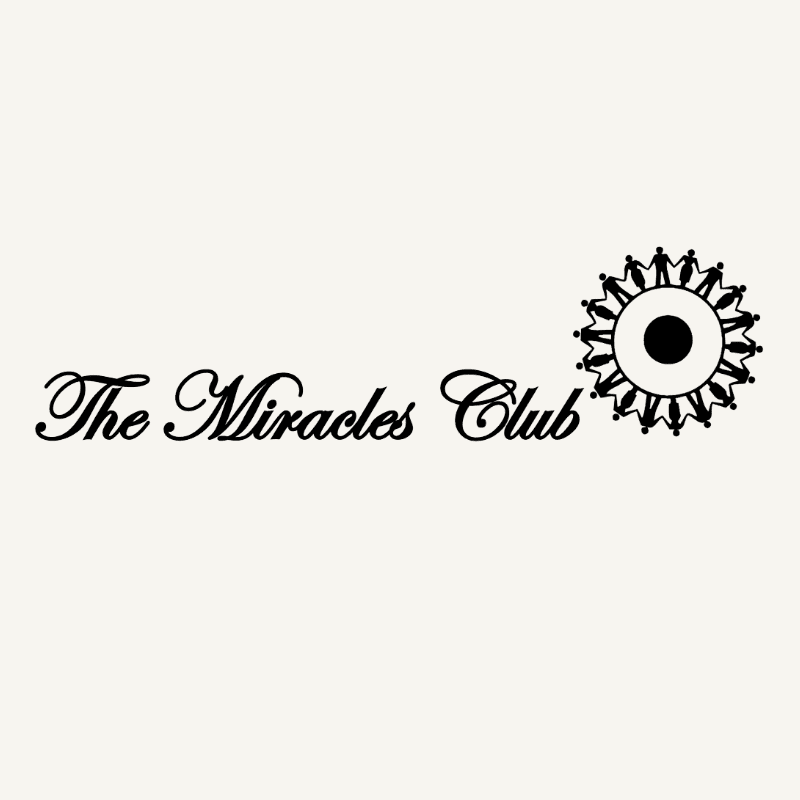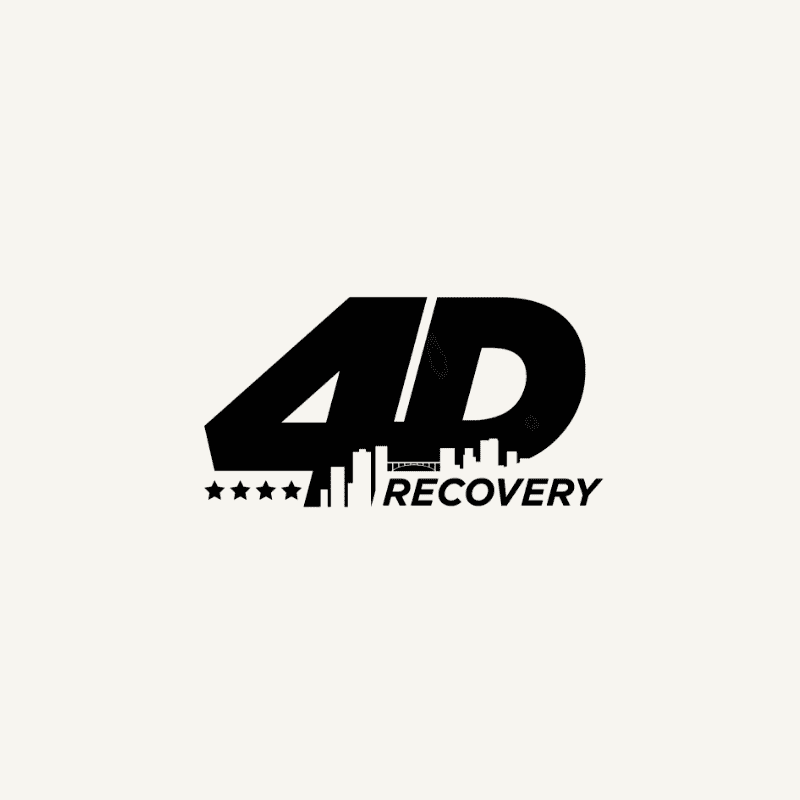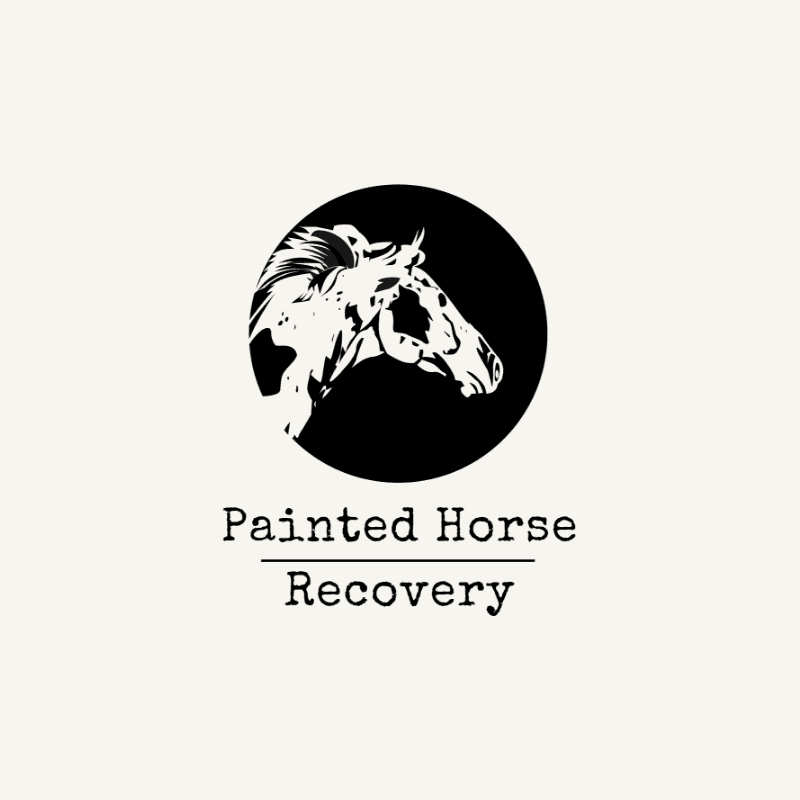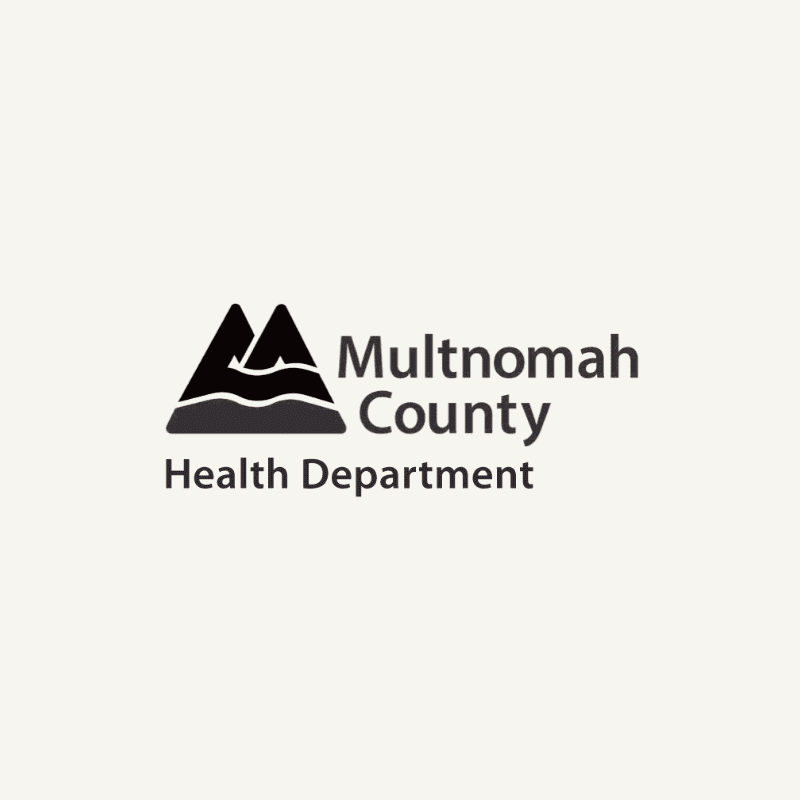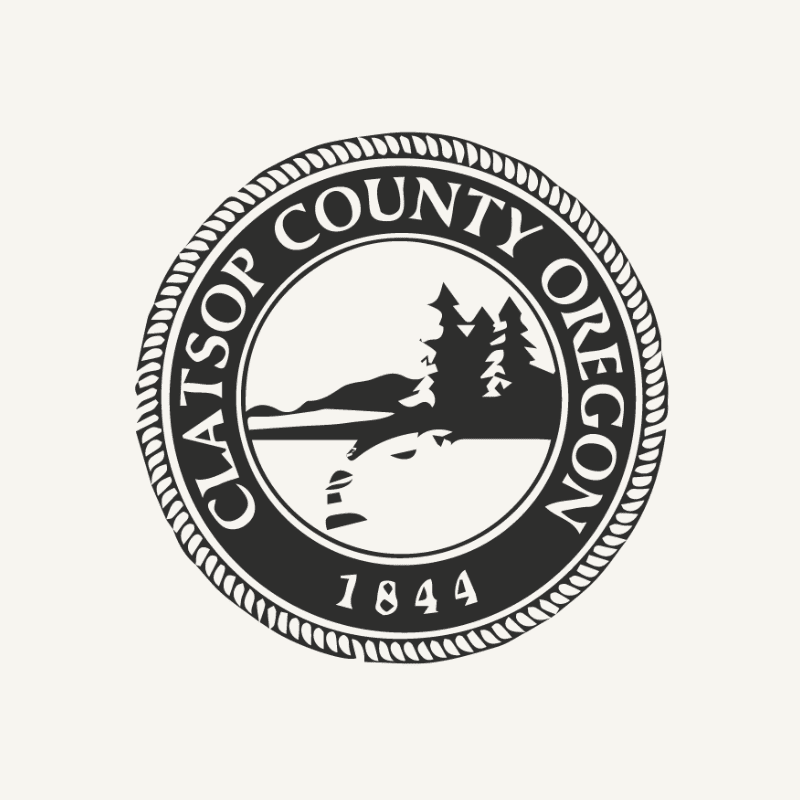Life-saving strategies, life-changing partnerships
Join the harm reduction movement
As a Save Lives Oregon partner, we’ll support you in connecting people who use drugs with life-saving supplies and services. We’re here every step of the way.
Every life is worth saving. Partner with us and we can work together to develop or expand harm reduction activities or programs for your community.
Support and resources for partners
Harm Reduction Clearinghouse
The Harm Reduction Clearinghouse provides life-saving supplies at no cost to partner organizations that qualify. Supplies may include:
- Overdose prevention supplies such as naloxone
- Wound care supplies
- Safer use supplies
- Personal sharps containers
Communications Resources & Materials
Harm reduction is proven to save lives and benefit people and communities, but some people may have questions about what it is and how it helps. We create and distribute tools and materials to help our partners explain and share about harm reduction in their communities.
Training & Education
We know that every organization is unique, and so is every community. To help our partners add harm reduction strategies to their services, we offer ongoing support like monthly Learning Collaboratives and easy-to-follow training guides.
Who can become a partner?
Organizations that directly serve people who use drugs can become a Save Lives Oregon partner.
All partners can access our communications resources and materials to grow their harm reduction programs and receive access to our educational trainings, including our monthly Learning Collaboratives.
To qualify for state-funded supplies through the Harm Reduction Clearinghouse, your organization must fall into one of the following categories:
Category 1:
Your organization must directly serve people who use drugs in Oregon and be one of the following types of organizations:
- Community-based organizations with 501(c)(3) status or 501(c)(3) fiscal sponsorship
- Harm reduction and syringe service programs within community health clinics, federally qualified health centers or local public health authorities
- Jails providing release packets that include naloxone and/or other harm reduction supplies to people who may be at risk of overdose when they are released
- Uniformed first responder agencies implementing ‘Leave Behind’ naloxone distribution programs
- Tribal community and health care programs that serve people who use drugs
- Withdrawal management or residential substance use disorder treatment programs for clients that leave AMA or are turned away
Category 2:
- Schools, colleges, universities and school-based health centers (SBHCs) are now eligible to order state-funded overdose reversal kits through the Save Lives Oregon Harm Reduction Clearinghouse. Click here to learn more about eligibility requirements and how to apply.
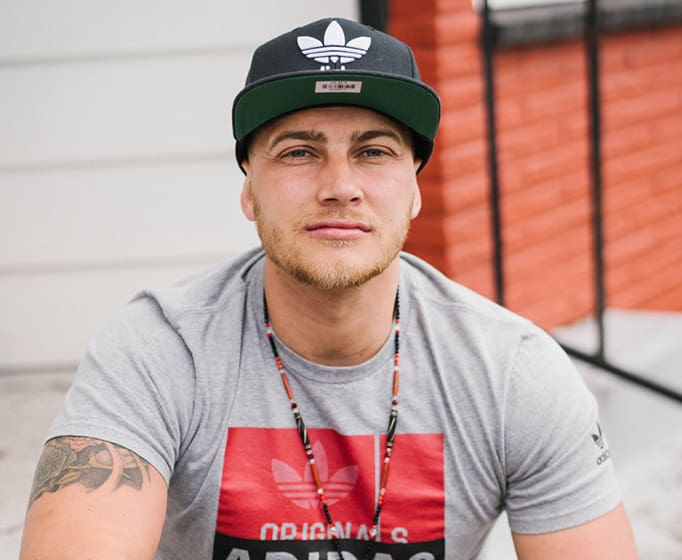
Tony
4D Recovery, Portland
